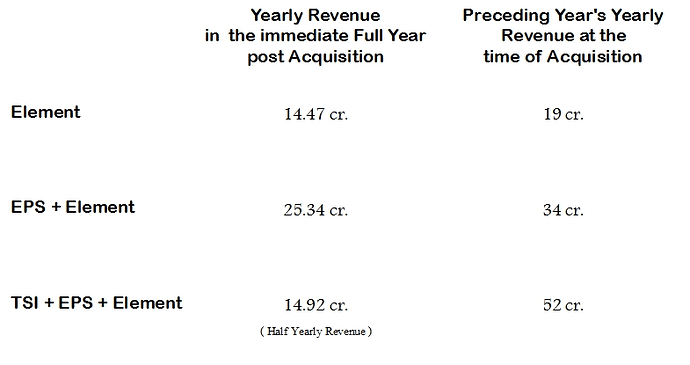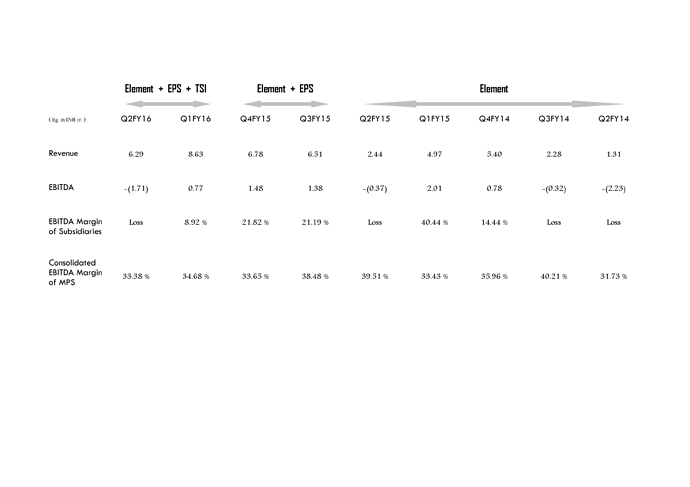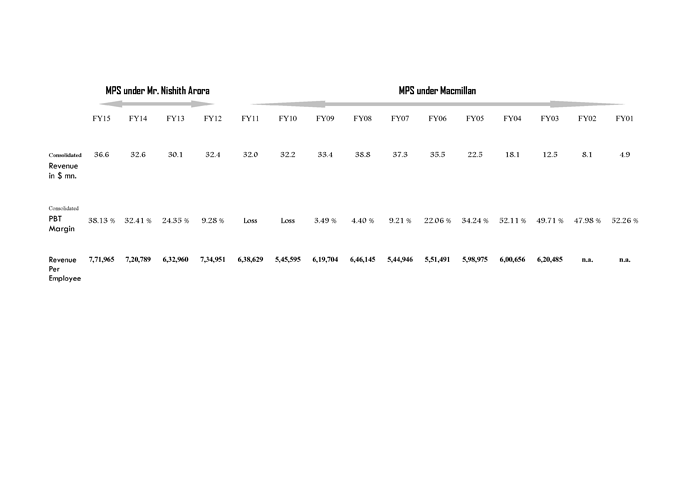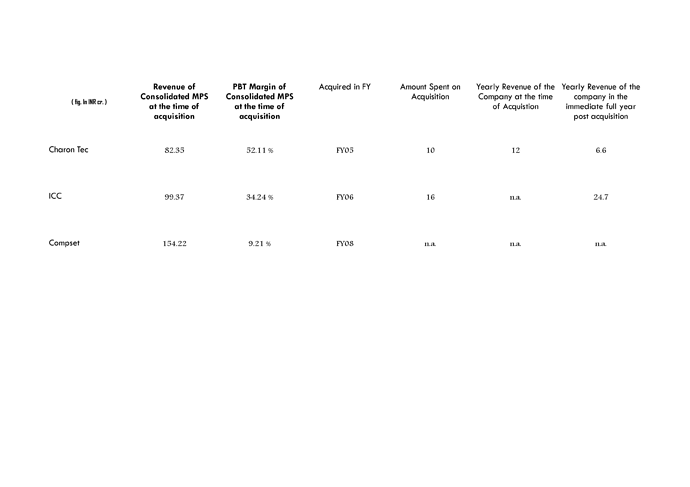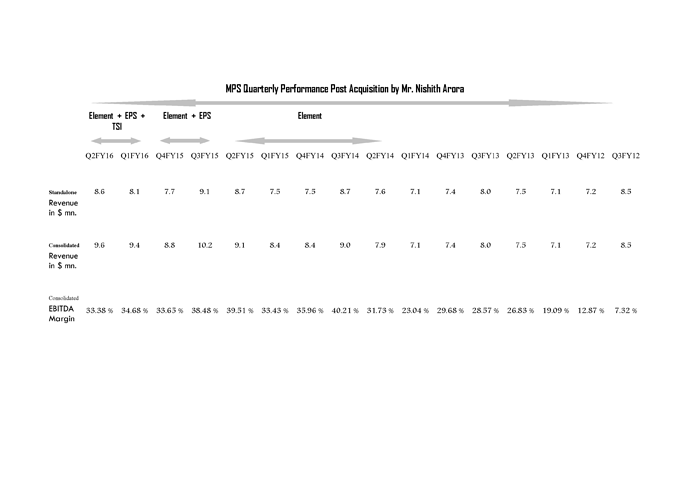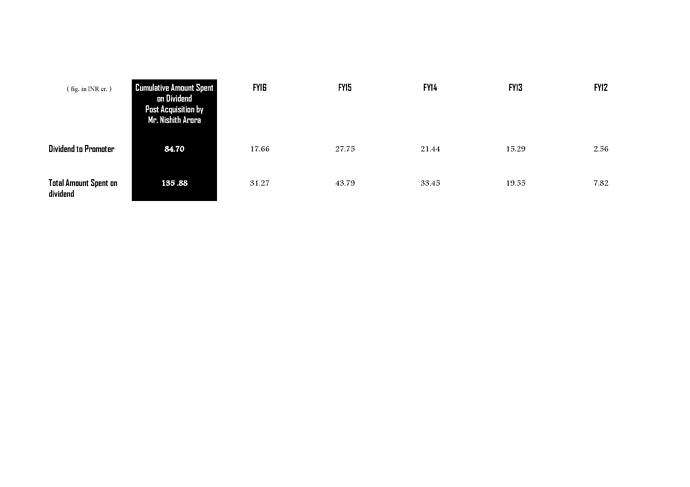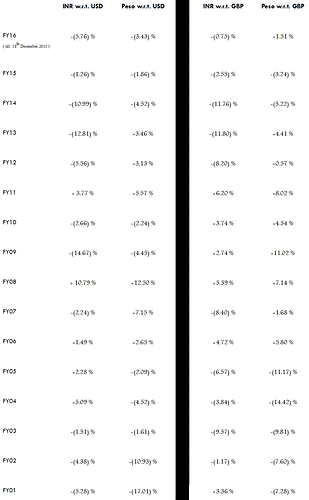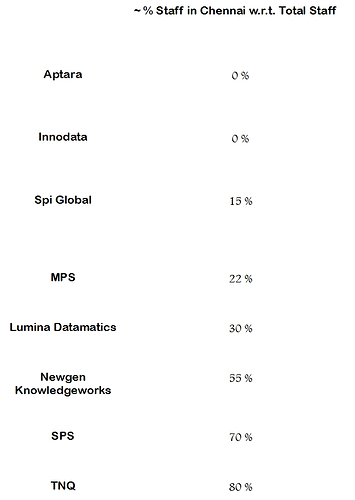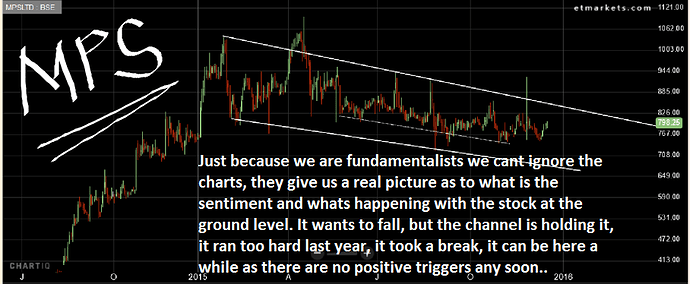Publishing Outsourcing: Is Your Provider In Trouble?
Nov 10, 2015, Jim Hill
Publishing Outsourcing Consulting
Many offshore providers in publishing are in trouble.
As many publishers and service providers are aware of by now, especially in the USA, the market for outsourcing publishing services has been in a serious correction or downturn for at least the past two years. This article highlights the top ten reasons why an offshore provider might be in trouble.
Market Overview
The market is not going to go away, but, clearly, the years of very high, double digit, top lines sales increases of 30% - 40% are probably gone—forever. They were good times, though, for sure. And, not likely to return for most providers.
Also, with declining prices on many commoditized services, such as composition, and especially general conversion and ebook services, gross margins with many providers have declined as well, often, by quite a bit. The other issue that I have seen for a while now is that many providers are for sale, but apparently few if any buyers. I will not list those providers here, but believe that is fairly common knowledge to those in the industry. The fact that so many providers are for sale, and no buyers, is a clear indicator that the overall market conditions have softened considerably. Also, the other issue that is a clear sign of a maturing market is that many senior level people with 20 years of experience or more have left or are leaving the industry. Worth noting, I have always found the classic books on marketing strategy and positioning in competitive markets from Michael Porter very insightful on this topic, especially Competitive Advantage. Porter and others have noted the classic statement about declining market conditions: “often, the worst thing that you can do is to get a bigger share of a declining market.”
For public documentation on these observations, I would draw your attention to Innodata-Isogen, and IEnergizer, who owns Aptara, and their recent financial statements for the last few years as public companies. Both companies have had sales in excess of $70 million for a number of years, and have been “first movers” in the market for over 20+ years. However, both companies seemed to have “hit the wall” in terms of top line sales growth over the last few years and have seen sales declines of as much as $10 million or more. Also, Innodata appears to be focusing outside of publishing for growth based on their web site. Again, this is a very clear sign that the market has matured and has become deeply consolidated with key accounts, especially with the top 20+ multinational publishers, where the big sales dollars are generated. As many providers know by now, trying to penetrate a new market segment that they do not have a historical track record currently, or getting traction with a major publisher like Cengage, McGraw-Hill, Elsevier, Springer, Taylor and Francis, and many others, is a daunting task even for the most savvy sales and marketing professionals. Unfortunately, sales cycles can be at least 18 months if not longer for these very large publishers, although many offshore providers often seem delusional about this observation, and often expect large sales from sales people within six months. Especially important–the other key market indicator is that with the top 20+ multinational publishers, the majority of them have consolidated service providers, often by as much as 50%, over the last five years. Much of this consolidation has resulted in fewer providers, although larger sales dollars for some providers, but often, unfortunately, at lower prices. Equally important is a corollary to this: many publishers appear to have reduced the number of senior level professionals who deal directly with offshore providers since they seem to be reasonably happy current providers. Equally important, I believe these observations are especially relevant if you are a sales professional in this vertical. Like other severe life challenges, such as alcoholism, drug addiction, cancer, or mental illness, the negative signs are usually very evident long before they become serious or tragic. If a publisher is generating $250,000 or more with a current provider, and the provider unexpectedly “goes south”, clearly that can be a serious problem for the publisher if they are not cautiously prepared. Publishers being very cautious and proactive about such challenging market signals with providers can be very helpful to plan appropriately for the future.
The following top ten, key market observations might be of interest to both publishers and service providers as to why a service provider might be headed for trouble.
The service provider seems to have a new sales person every 6-12 months. A clear sign that the provider is struggling to generate sales now, not later, and does not understand the sales cycle in a maturing market. I have personally interviewed with providers recently who have $1M+ in current sales, but their goal is to generate $9M in three years, which is so delusional, you have to wonder if there is a mental illness operating with the provider. A very yellow flag since the sales approach seems very tactical and not strategic. Very little if any low hanging sales fruit now. Long gone. Part of the above is very easily checked by using LinkedIn. Just go to the landing page and type in the name of the provider, and see who comes up on the first two pages. Again, if you are seeing 6-12 sales and marketing people that worked for the company for a year or less, that should be a serious concern. As many publishers know, employee turnover is a potentially negative issue since it often effects quality and turnaround times, due to a lack of sales.
A service provider that seems to constantly harp on the issue of “scaling” (more revenue). Again, this often comes across to publishers as being a very short term, tactical sales approach and not long term, or strategic.
A service provider that does not focus on innovation and value, but seems to sell on pricing–only. Everyone has heard this so very stale and dead branding statement from offshore providers: “we do it cheaper, better, and faster, and we have the best price.” This positioning statement died, and was buried over five years ago. Best advice, say “thanks, but no thanks” to that one, or at least be very skeptical. What is the long term value of selling on price? Probably–nothing. Economics 101: when there is an over-abundance of providers and declining demand: prices decline.
A service provider that does not constantly offer at least two new services a year. This shows that they believe in innovation and value and are savvy enough about marketing to know that many older services are often a commodity with declining prices.
A service provider that believes that composition, general conversion, and ebook services will provide future sales growth like they did in the past. This is a service provider that is severely stuck in the past as if it is a clear path to the future. The past is rarely a good indicator of the future in investments and with publishing services. A very red flag.
A service provider that exclusively uses a recruiter to find talented sales and marketing professionals in the USA. This is not a huge group of people, maybe 50+ maximum? A recruiter usually charges about 30% or more of the first year salary of probably a low of $60,000 to a high of maybe $100,000+, so that is about $20,000 to $30,000 per hire. I have personally seen a provider hire three sales people through a recruiter within 18 months, and then fire all three employees at a cost of around $100,000. That is a very expensive hiring practice. Coupled with #1, this should be seen as a red flag that the provider does not have an understanding of this vertical and competitive contacts, and is just not very well connected in the industry.
A service provider that struggles to understand the differences between service “features” and “benefits.” This is marketing 101 in the USA for eighteen year old college freshmen. However, providers often really struggle to get this critical marketing distinction. Customers buy “benefits,” not “features,” and, in a commoditized market, very critical for sales growth with new accounts, especially for smaller providers vying for new accounts.
A service provider who clearly has not learned the importance of quality editorial in their content marketing for publishers. Publishers are in business to sell high quality editorial content. Not complicated. If this is not obvious by now, a very bright, pulsating, red flag. Editing and proofreading should not be a challenge for publishing providers, especially if they sell editorial services, but publishers see it every day, and they must shake their heads, wondering: “what can they be thinking?” This is often very noticeable in email marketing and on web sites. And, is like hearing a presentation from a CPA for a customer’s accounting services, and it is obvious that the CPA cannot add or subtract. This just makes a very bad first impression with publishers who are more inclined to say “no” rather than “yes.” But, so very easy to fix with proofreading.
Service providers that do not understand social media as a content marketing tool, especially LinkedIn or Twitter, and have less than 2,000 connections on the company profile or, especially, profiles for key executives. Or, worse, no profiles. And, these providers seem to rely on cold calling and email from India almost exclusively. This is beyond old school. Many publishers are so worn out with this outdated sales and marketing approach, they cannot see straight. That is a red flag. Social media, now, is not a break through communications platform. LinkedIn has more than 400 million users, much more with Twitter. Providers could be much more progressive about social media, especially smaller ones vying to penetrate the US market. For publishers, again, very easy to do a quick check on LinkedIn and Twitter to determine this market indicator in terms of followers as well as marketing activity. One of the issues that I notice reviewing this myself is that many providers also have a serious SEO issue since they are very hard to find on social media, or worse, they just have no presence at all. What is the provider’s correct name to search for? Often, very confusing. I have taken the liberty to include a chart of some random providers here for easy reference, ranked by what I believe is sales volume. I found this exercise very surprising on a number of fronts. To be expected, some of the larger providers like SPi, Innodata, Aptara and others have much stronger LinkedIn followers than smaller providers since they have been in business much longer, 20 years or more. But, looking at the Twitter numbers: most are abysmally weak. See the chart below. The question mark (?) means that I cannot find the company listed.
Providers who do not understand the sales cycle in a maturing market. A very red flag. And, providers incessantly call and want to meet with a publisher every month or every quarter. That is not an effective sales approach: that is desperation. This is like a bad personal relationship that just did not work out initially, but the man or woman calls and emails and texts you every day, saying “can we get together?” Some might call this “harassment.”
In conclusion, knowing if your offshore provider is headed for trouble is a critical, strategic business decision for publishers. Equally important, providers need to learn how to adjust their sales and marketing programs to the business and industry cycle which has clearly matured and consolidated. I realize that many providers may find my criticism harsh, but the best part of this overview is that all of these challenges are easily solved, and very inexpensive.



